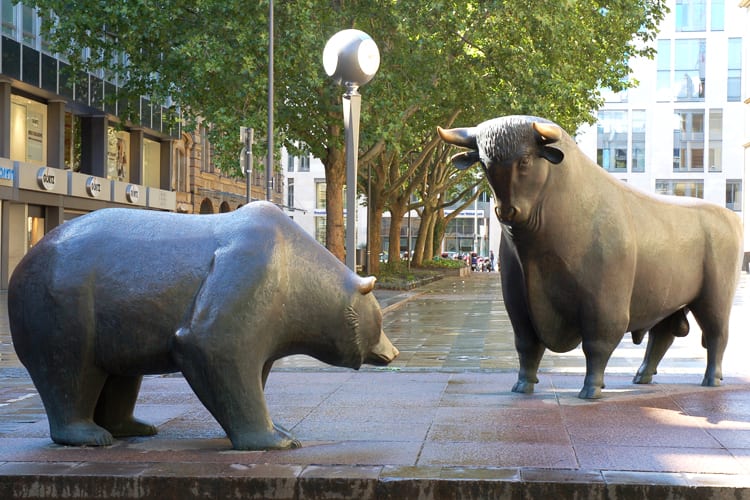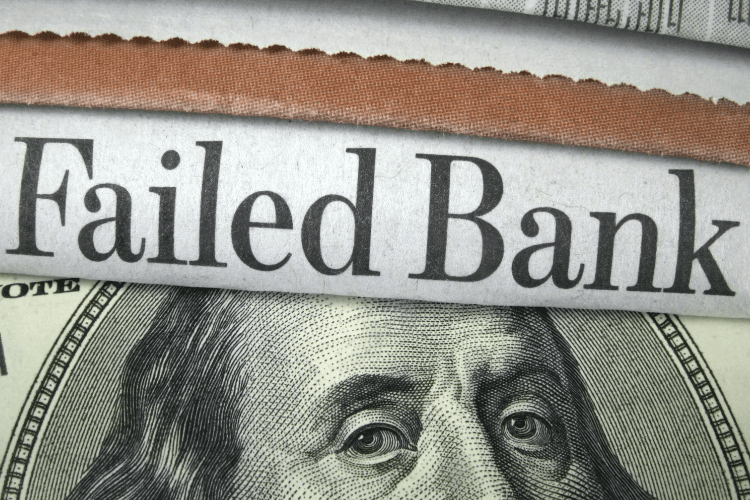Bear vs. Bull Markets: What’s the Difference?

The stock market is arguably the most important part of the U.S. economy, but economists have a language of their own that can make it tough for average investors to follow along. Most commonly, experts use the terms “bear” vs. “bull” to explain trends in markets.
Understanding bear vs. bull markets, what the terms mean and what they signify is critical for investors. Here’s what you need to know any time you hear one of these phrases.
What is a Bear Market?
A bear market is trending downward. There’s no clear reason as to why economists chose the term “bear,” but some say it’s because an attacking bear swings its arms downward. Regardless, bear markets represent negative trends, specifically a sustained loss of more than 20 percent relative to a former high point.
Bear markets have a tendency to get worse over time. Stock prices drop while economists predict the downturn will continue, prompting investors to look to sell. Supply increases but demand remain low, meaning stock prices drop even further and the market gets worse.
In addition, a slumping stock market hurts businesses and consumers. Consumption usually goes down while unemployment goes up. Generally speaking, bear markets are bad for the economy as a whole. Savvy investors, however, can take advantage of stunted markets by buying up stock when prices bottom out and waiting for the economy to rebound.
What is a Bull Market?
The reverse is a bull market, or a market trending upward. While bears swipe down, bulls charge and thrust their horns up, hence the terminology. A not so subtle reminder is the Charging Bull in New York City’s financial district, which was built in 1989.
For the most part, bull and bear markets function as exact opposites. Demand for securities is high while supply is low, and optimistic economic forecasts help create a stronger economy. People are willing to invest more money, more frequently when they have the sense that the market is trending upward, which in turn helps the market stay strong.
The economy as a whole benefit from bull markets. Companies are more profitable, people have more money to spend, and those boosts can help continue the boom.
America has seen stable economic growth since the end of the 2008 financial crisis, meaning we’ve been in a bull market for 10 years – the longest modern bull market to date.
The Economy Today
Many economists warn that the U.S. might be heading toward another recession, meaning we’ll enter a bear market. Opinions vary though, and it can be hard to spot warning signs of a coming bear market. Some experts think we’re already in one, while others suggest economic growth will continue indefinitely. The economy has been growing for a decade but that growth has slowed, leading to concerns over the state of the economy. Usually, economist have a good sense of whether we’re experiencing bull vs. a bear markets.
Read more: Stocks vs Bonds Explained









